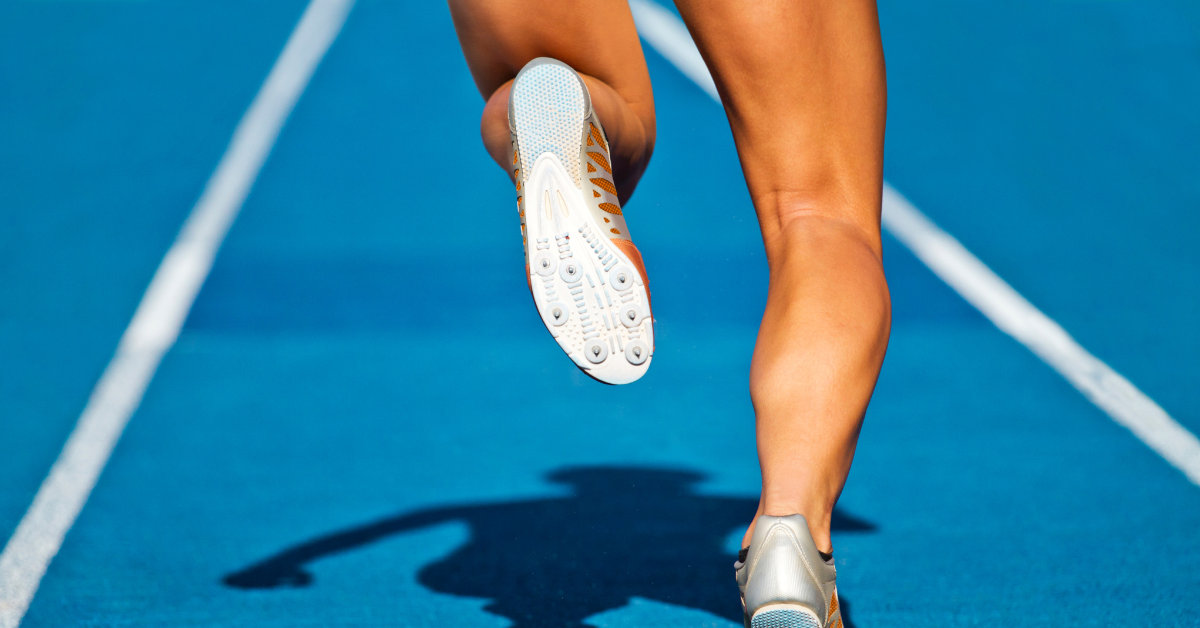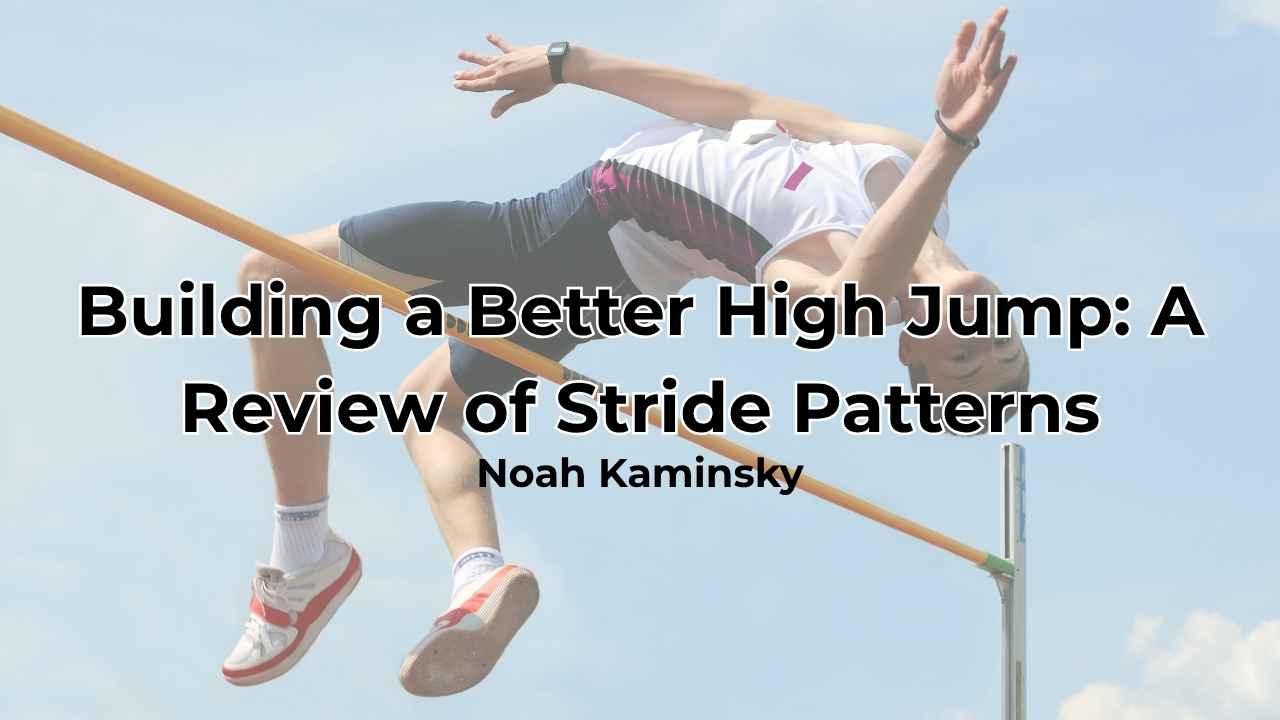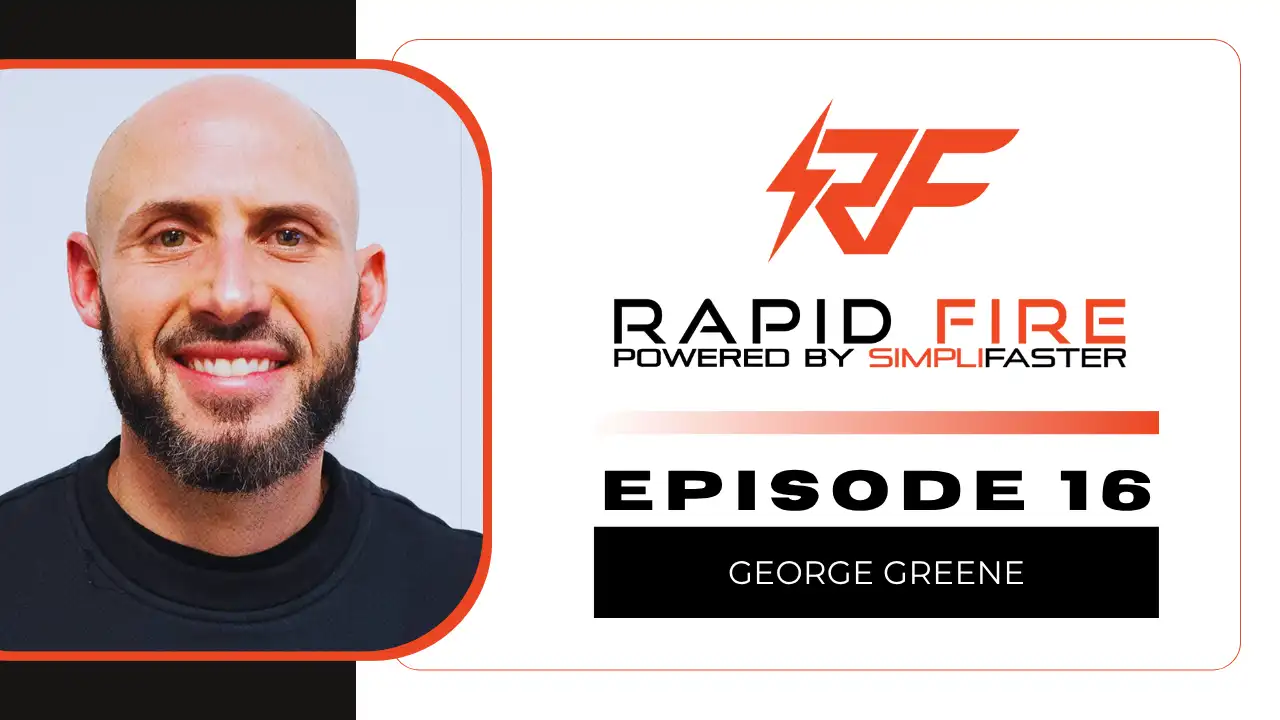Irving “Boo” Schexnayder possesses 44 years of coaching and consulting experience and currently heads Schexnayder Athletic Consulting. He consults in a variety of sports with many professional teams, NCAA programs, and international sports organizations in areas including speed, power, and strength development, biomechanics, restoration enhancement, and rehabilitation.
Schexnayder also frequently lectures and instructs classes in these areas. He is most noted for his career as a track and field coach, during which he produced 26 NCAA champions, 18 Olympians, 8 world championship/Olympic medalists, and was a part of 13 NCAA championship teams. An educator by profession and mentor to hundreds of coaches, he also directs the Track and Field Academy, the educational branch of the USTFCCCA.
Rob Assise: What are the primary causes of hamstring injuries?
Boo Schexnayder: Nearly all hamstring injuries fall into two categories:
- External biomechanical issues.
- Internal biomechanical issues.
External biomechanics refer to movement patterns, errors, and technical issues in acceleration, maximal velocity, deceleration, and redirection mechanics. In short, technique-based problems. Internal biomechanical issues result when forces are not transmitted along the kinetic chains as nature intended, and breakdowns occur as the hamstrings are subjected to abnormally applied forces. In short, most of these are mobility restrictions in the hips, knee, or ankle.

Rob Assise: What are the questions that need to be answered when dealing with a hamstring injury?
Boo Schexnayder: Three key questions come to mind. First of all, “is this an acute issue or a chronic issue?” In my opinion, rehabilitation procedures differ greatly depending upon the answer to this question.
Secondly, “what will we do about it?” This refers to questions surrounding the planning of the rehabilitation and return to play programs.
Finally—and possibly the most overlooked question—is “why did it happen?” Most hamstring injuries, particularly the ones related to internal biomechanics, have causes which are distant from and not obviously connected to the injury itself. It’s like a biomechanical puzzle. They must be identified and addressed. Many times, a hamstring injury reoccurs and we assume the rehab was done wrong or the athlete came back too quickly, and neither is the case. The injury reoccurred because the causal factors are still lurking and we didn’t address them.
Most hamstring injuries, particularly the ones related to internal biomechanics, have causes which are distant from and not obviously connected to the injury itself, says @BooSchex. Share on XRob Assise: What are the biggest misconceptions you see in hamstring injury prevention?
Boo Schexnayder: The biggest misconception is that hamstring injuries are related to weakness or strength deficits. That’s almost never the case. We make this incorrect assumption, and then we end up nuking an athlete with nonspecific hamstring strengthening work, fatigue it more, and create additional risk.
If a guy runs 9.9 in the 100m semifinals and then pulls a hamstring in the finals, how did he run 9.9 with a weak hamstring? The logic fails.
Rob Assise: What are common issues you see in training programs regarding hamstring injury prevention?
Boo Schexnayder: There are many, but the biggest is that coaches and rehabilitators fail to realize that the type of loading needed to strengthen the hamstrings in a specific way can’t be accomplished in a weight room.
The hamstrings are built to accept fast eccentric loading (sprinting), so Nordics and RDL’s make things worse by fatiguing the area with no hope for progress. The answer to hamstring health is simple: teach mechanics, value mobility (over max strength), and sprint year-round.
The hamstrings are built to accept fast eccentric loading (sprinting), so Nordics and RDL’s make things worse by fatiguing the area with no hope for progress, says @BooSchex. Share on XRob Assise: Can you outline protocols for treating an acute hamstring injury versus a chronic hamstring injury?
Boo Schexnayder: They are very different. Acute hamstring pulls require gentle, functional exercise immediately to supply governance to the healing process. Without this governance, scar tissue formation results, while functional exercise governs the process properly and produces functional muscle tissue. Then, over time, exercise intensity increases.
Sprint haphazardly and you make things worse, but if you don’t sprint at all, you have no opportunity to remodel the tissue, says @BooSchex . Share on XOn the other hand, chronic issues are usually related to scar tissue, dysfunctional stretch receptors, or adhesion. The advantage we have in these situations is that we can be sure (due to elapsed time) that there aren’t any acute issues. These require intensity to get things working and moving. Since in acceleration each step is faster than the next, I have the athletes sprint, beginning with very short distances (10m), and progressively increase the sprint distances over time. Gradually increasing the distances gradually increases terminal velocities and thus, the tissue load. At some critical point, you’ll stimulate change and/or create microtears so that the scar tissue can remodel itself into functional tissue. Sprint haphazardly and you make things worse, but if you don’t sprint at all, you have no opportunity to remodel the tissue.
Since you’re here…
…we have a small favor to ask. More people are reading SimpliFaster than ever, and each week we bring you compelling content from coaches, sport scientists, and physiotherapists who are devoted to building better athletes. Please take a moment to share the articles on social media, engage the authors with questions and comments below, and link to articles when appropriate if you have a blog or participate on forums of related topics. — SF





